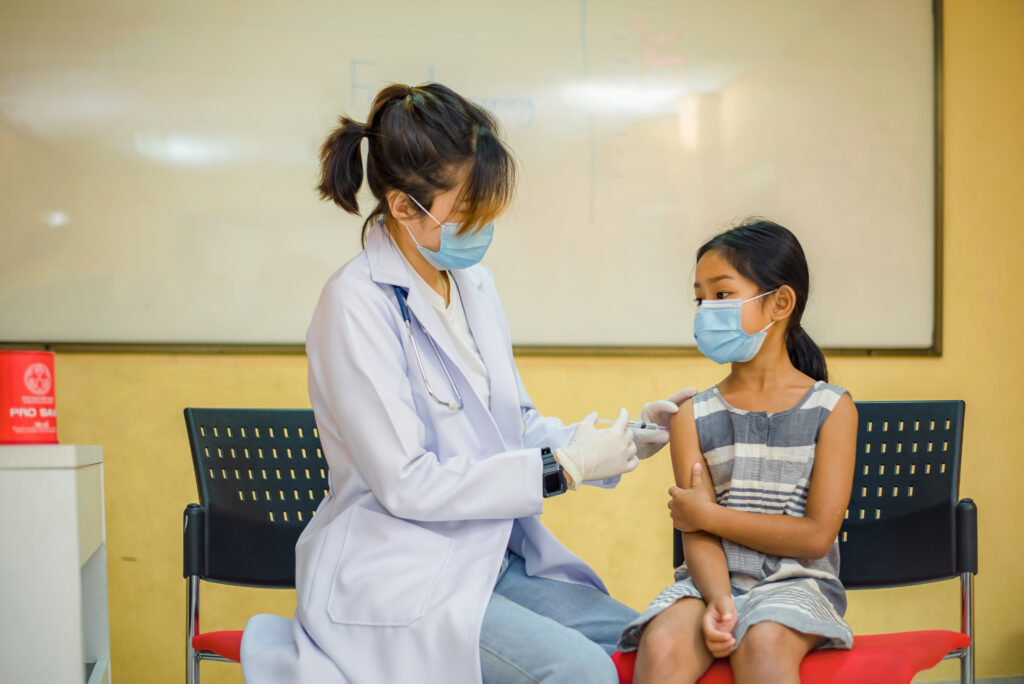Phase 1 of COVID-19 vaccine distribution is coming soon – as early as this month – and there is a lot to consider as organizations prepare. Here are some tips and things to think about as you launch into vaccine planning:
Tip 1: Leverage Funding for Vaccines
Prepare your agency to recover costs associated with vaccine distribution and administration. Learn about the funding allowances under the FEMA Public Assistance program for line items such as:
- PPE and other supplies to store, handle, distribute, transport, and administer vaccine.
- Facility costs for storing and administering vaccines, plus the cost of facility utilities, maintenance, and security.
- Staffing, including wages for medical and support staff.
- Costs for implementing on-site infection control measures and medical waste disposal.
- Providing emergency medical care associated with vaccine administration.
- Developing and managing public information campaigns regarding vaccinations.
Plus, local agencies unable to secure resources to effectively provide vaccines can request Federal resources through Direct Federal Assistance.
Tip 2: Get Contracts in Place Now
Stay a step ahead of the procurement process by leveraging known and preferred contract vehicles to establish agreements. Consider master service agreements, sole sourcing, and leveraging pre-awarded or pre-existing contracts. Be sure to follow FEMA’s COVID procurement guidance and guidance from funding sources.
Tip 3: Communicate With Your Community
Build your communications campaigns now to inform the community regarding vaccine. Clear, open, and two-way communication will be essential to implementing a successful vaccination program. Establish a mechanism for hearing and understanding the needs and concerns of the community. Craft messages that will resonate with target audiences and groups – e.g., healthcare staff, essential workers, or those most at risk; and tailor messaging based on the availability of the vaccine. Get the word out through print, radio, TV, social media, text, and trusted community partners and influencers.
Customize the messaging for each audience and develop it with health equity in mind. Use culturally responsive wording and languages that represent your community. Address all people inclusively with respect, using non-stigmatizing, bias-free language. Missteps with messaging can result in rumors, confusion, or loss of trust. Follow CDC guidelines in crafting your campaigns.

